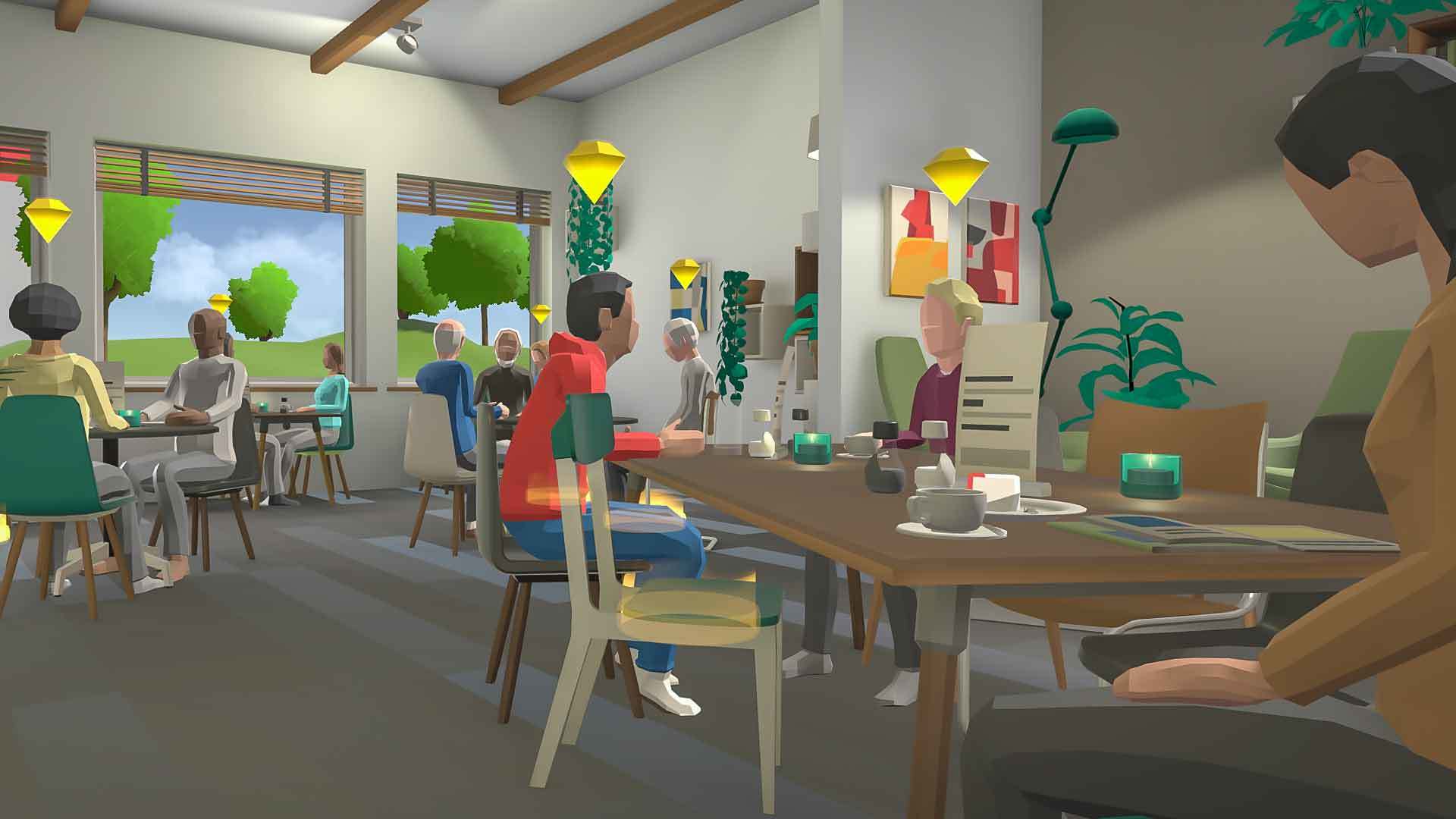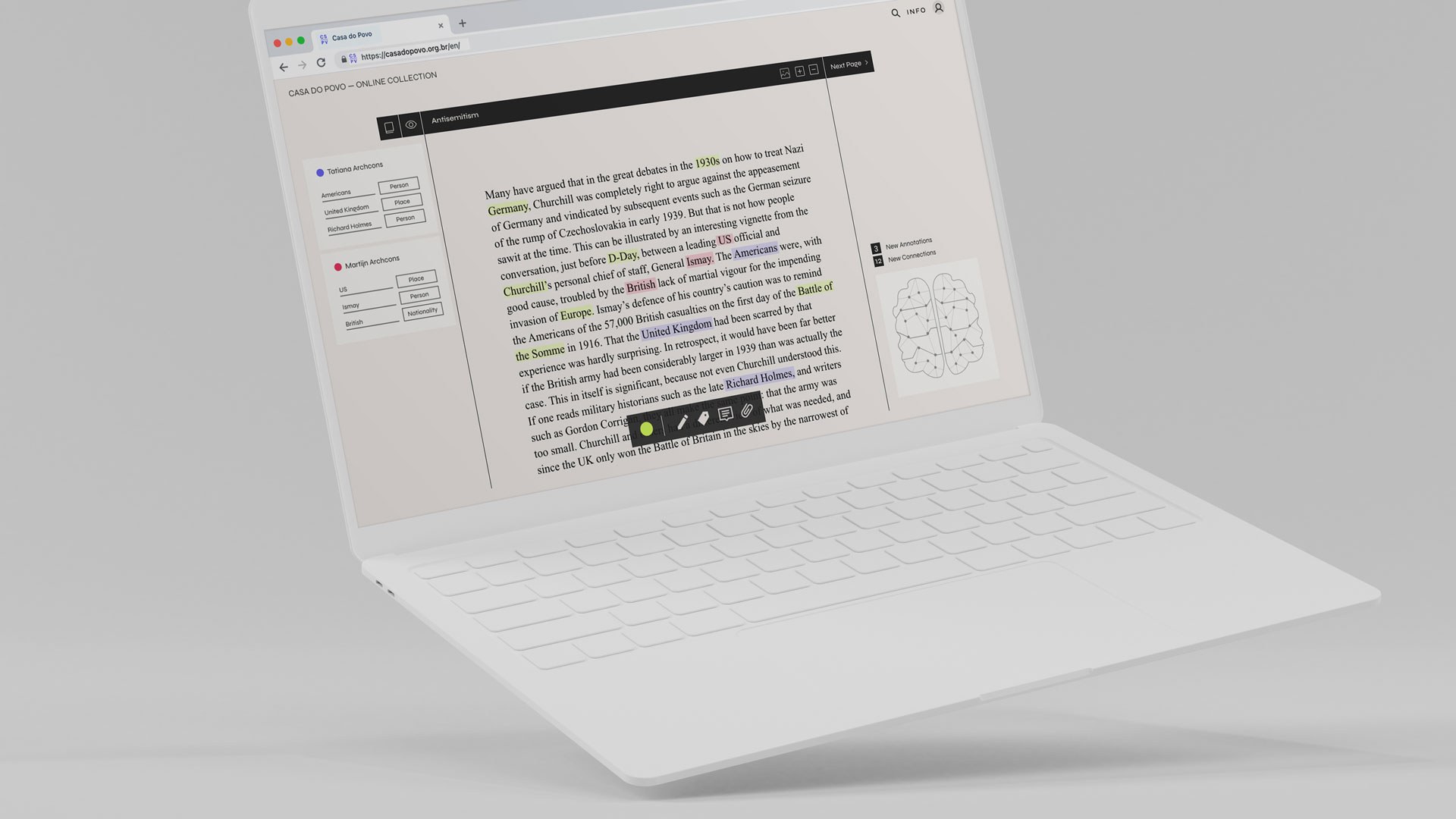
Inside Dudok’s Mind
An Immersive Experience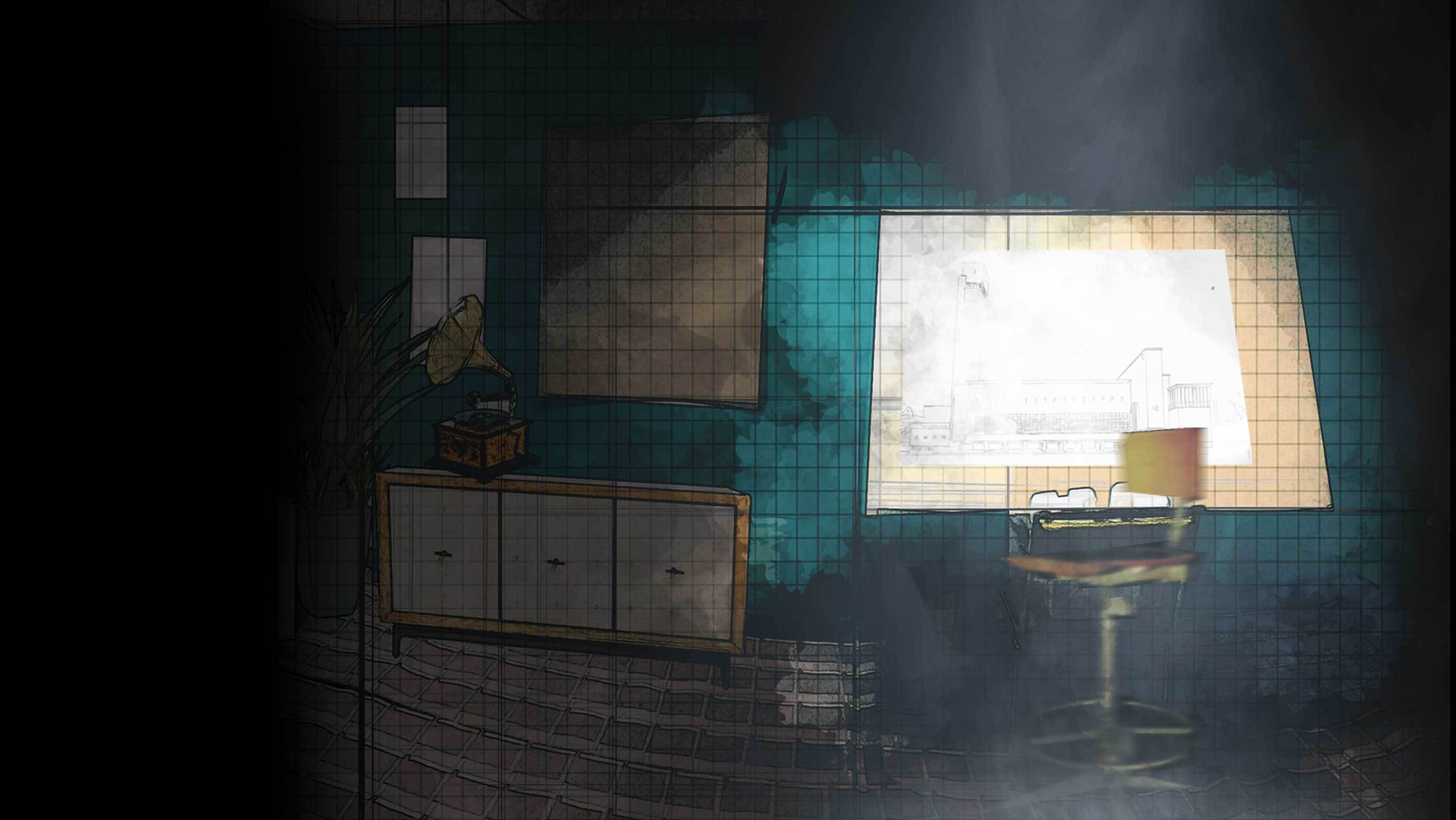
-
Client:
Dudok Architecture Centre
- Team:
-
Disciplines:
Storytelling, Experience Design
-
Schoolyear:
2018-2019
How do you bring to life the mind and inspiration of an architect? And how do you reflect it in an accurate way when he is long gone? For the Dudok Architecture Centrum, it was important to celebrate the man who gave them their name in a more personal and engaging way.
Willem Marinus Dudok was a complex person. A pioneer of modernism architecture, he was best known for being the City Architect of Hilversum, where he designed the town's hall, completed in 1931.
His work wasn’t limited to designing buildings. He had an holistic approach to his creations paying attention to the smallest of details: from the shape of bricks to decorative items like carpets and furniture, and even the mayor's meeting hammer.
The Dudok Architecture Centrum commissioned an immersive experience which had to be built in the exhibition space of the centre, and run for three months, starting on the Day of Architecture - 15 June.
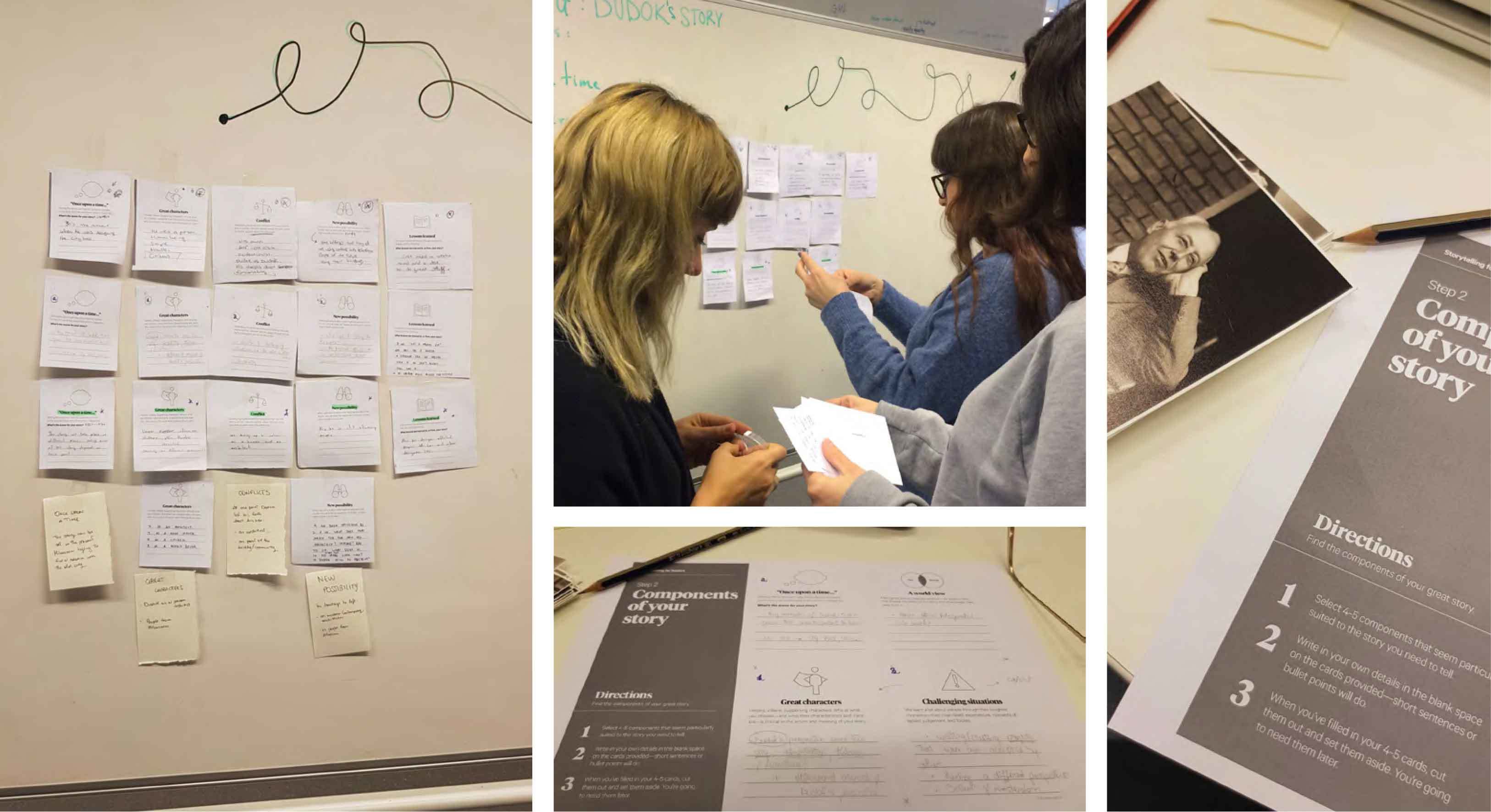
A keen mind
We were not only interested to bring back to life the memory of Dudok as an architect, but also as a person. We wanted to ensure we could recreate his creative personality alongside his personal wits. And do all of this in the most accurate way possible.
The main design challenge was to be able to create an immersive experience that could bring Dudok’s world to today.
We could bring these two time frames together by combining modern digital techniques with old artefacts, including archive materials, such as sketches, furniture, and historical footage of Dudok himself.
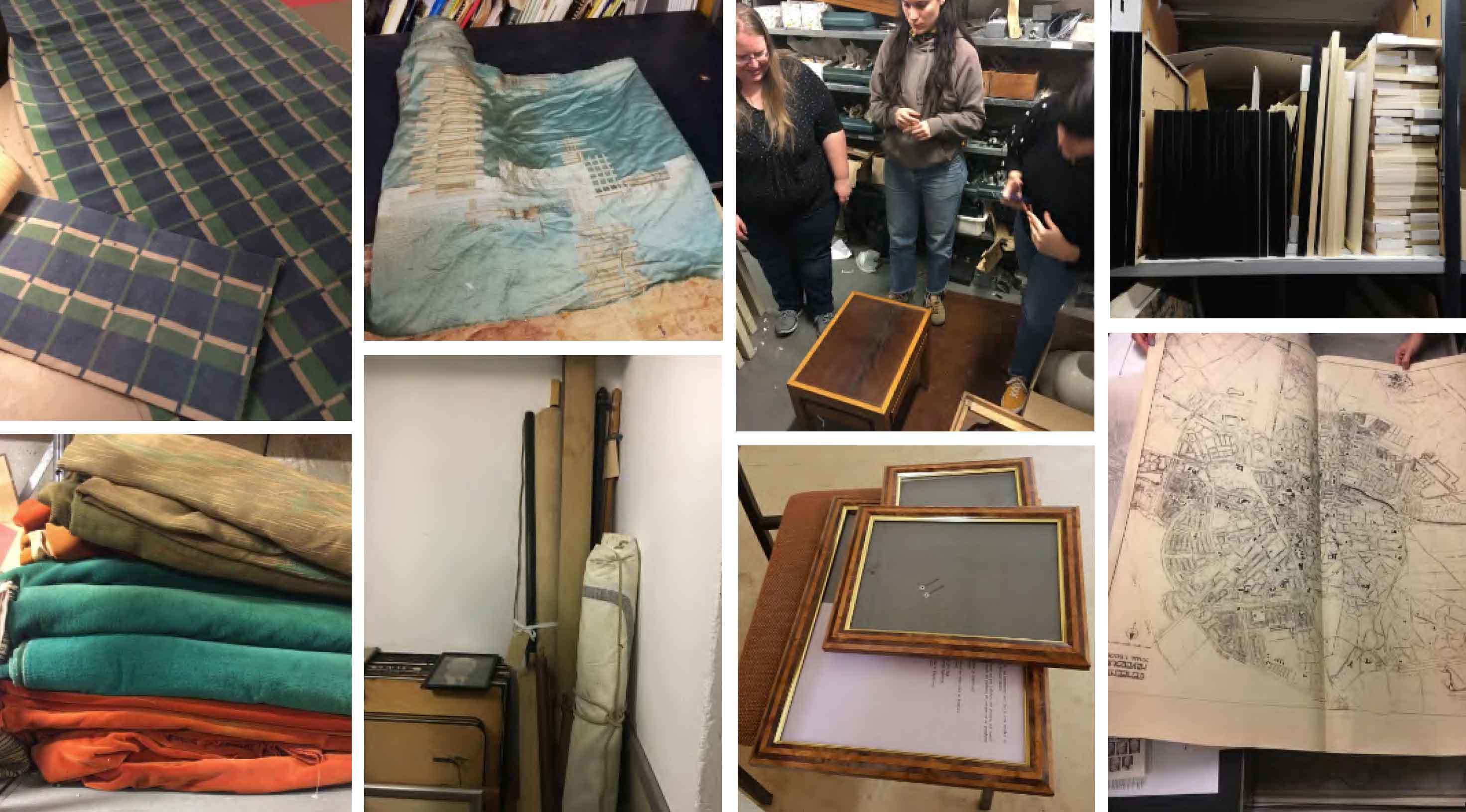
The man behind the architect
You can only understand someone’s work when you follow their journey with all its ups and downs. We didn’t want to leave key events out of the scope — good or bad, they shape our thought process and outlook in all things life. Since the focus was on Dudok the architect, we decided to recreate a 1920-1930’s Dudok’s working room. This would allow us to maximise the immersive experience as visitors could feel part of Dudok’s own environment and be surrounded by some of the artefacts that inspired his creations.
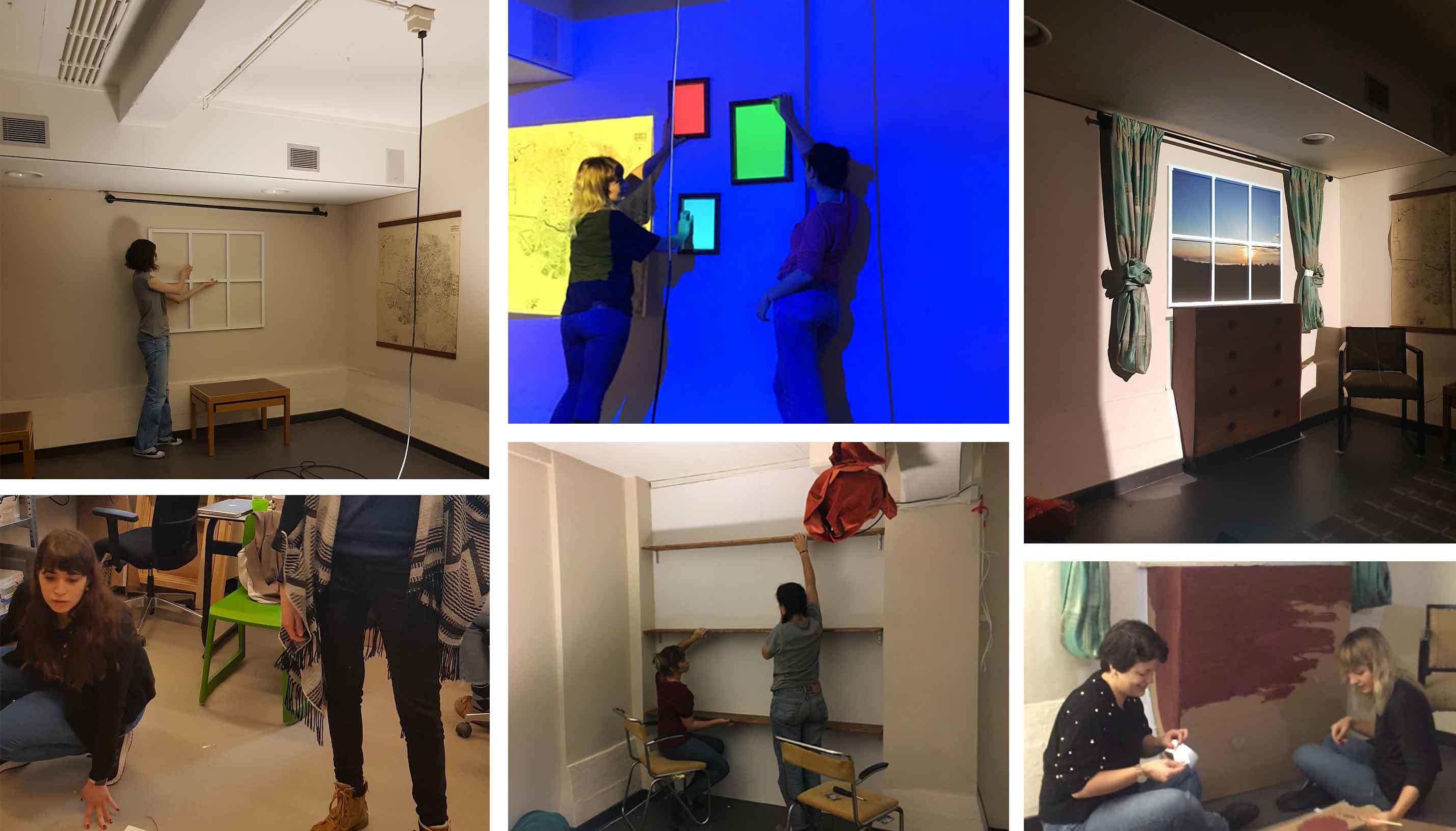
To achieve this, we concentrated not only on the physical props, but also on the storytelling part of the concept. The narrative, took the shape of ‘a quest’ - an emotional journey which was accompanied by tailored classical music, similar to what Dudok was listening to during that period.
The setup
The room was built by making use of historical items from the archive of the municipality of Hilversum, featuring Dudok's authentic drawing table, original furniture (his own and designs by him), photo frames, books, wallpaper, curtains, and even family photos.
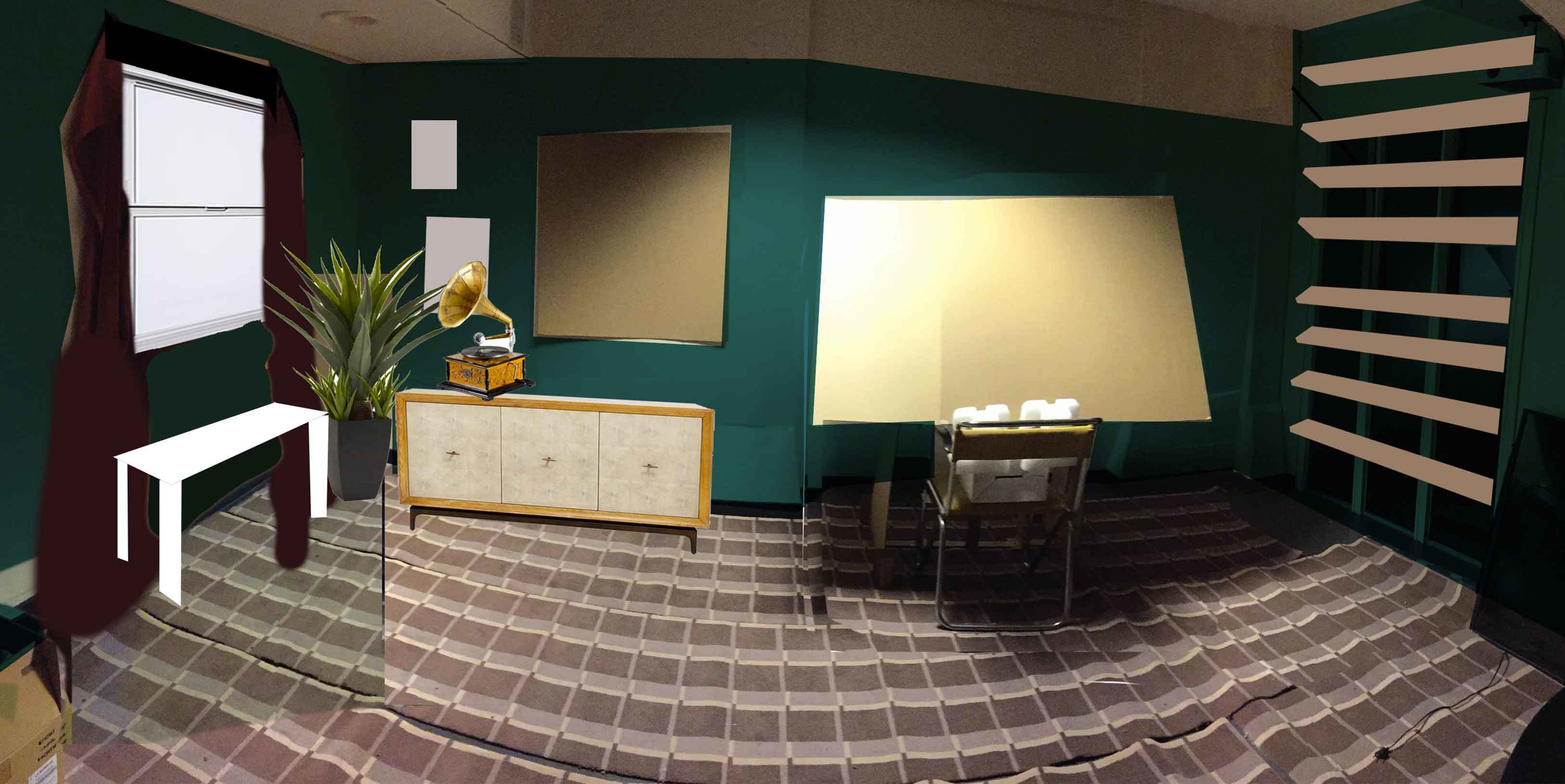
As Dudok’s eye for detail was a starting point for our concept. There was a wide spectrum of objects and materials to choose from. But we decided to focus on those that spoke to his personality and his creative talent the most. This included even the choice of colour scheme and materials, which reflected Dudok’s love for nature.
The complete construction of the room took place over 4 months, simultaneously with the development of the content.
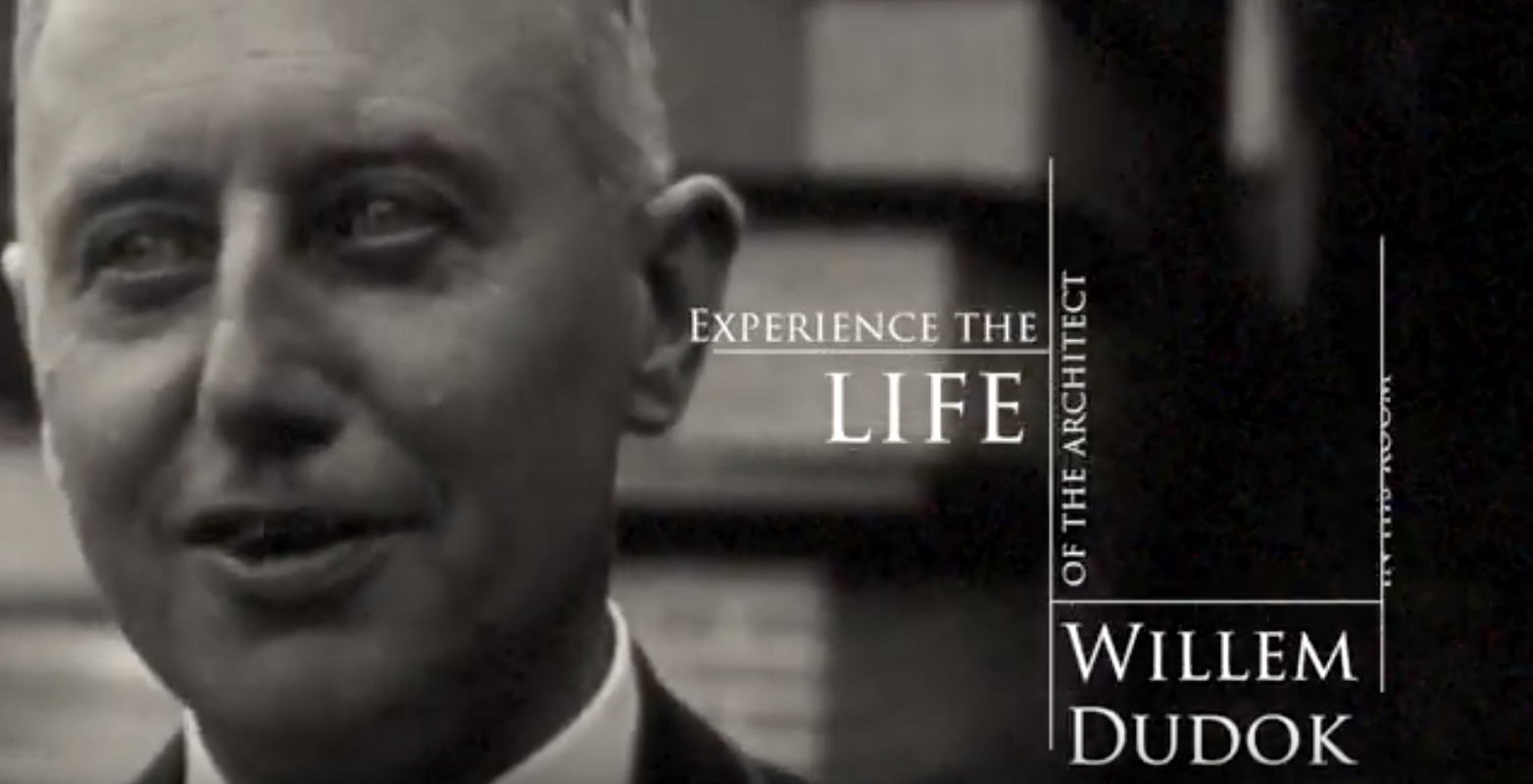
Welcome to the world of Dudok
The result of the project is a 5-minute show which translates the experience of ‘a day in the life of Dudok’. In the short video we travel through his life - from his early years until his last days.
The final story was put in scene by using projection mapping on physical objects - a perfect example of how the digital and physical environment can come together.
